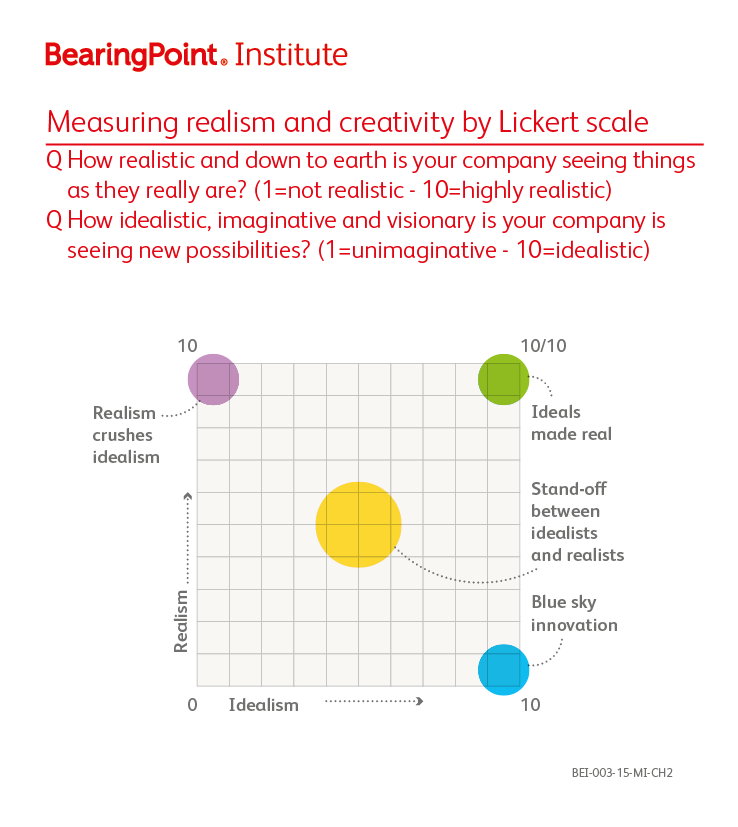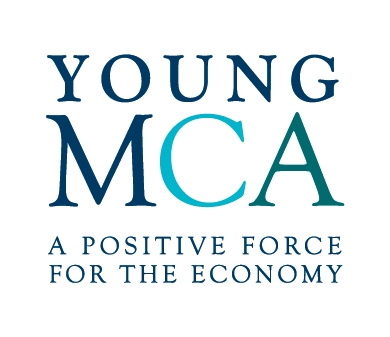How many of us can lay claim to a truly original idea that genuinely changed the way a client goes about their business? No, me neither.
As consultants, we are all au fait with ‘effectiveness’ and ‘efficiency’. But what about the Holy Grail of business jargon, that one high on promise but low on delivery: innovation.
You may be thinking: ‘I’m at the start of my career, how can I tell my client – let’s say the CEO – that their life’s work has been wrong all this time?’ And you would be right. Us young pups are more often sponges than fountains of wisdom.
But soon our peers’ expectations will evolve and that CEO will look to you to shift his business up a gear. So perhaps it is worth at least understanding the problem at hand.
Possibly the most famous example of innovative thinking was Archimedes Eureka! moment in the bath tub. There he combined the troubling and stressful need to find the formula for volume with the relaxing need to take a bath, and with that divergent thinking the answer literally overflowed.
So is innovation simply a case of hoping for happy accidents, triggered by unconscious events? Not according to educationalists J W Getzels and P W Jackson, who believe we must think divergently to multiply our options and admit all conceivable information, and then converge on a better solution using two or more of the ideas dredged up.[1]
According to many thinkers, the human brain has evolved to provide a balance between such dilemmas – that is, structured reason and intuitive leaps of faith. As psychologist Robert E Ornstein explains, the ‘left brain’ is linear, rational and analytic, and thinks in bits and pieces. The ‘right brain’ is intuitive, connective and holistic, and thinks in patterns and fields.[2] People are at their most innovative when they solve problems by using the two hemispheres working in harmony.
The good news is we all have the ability to do it and, better still, we can increase the chances of it happening. At the BearingPoint Institute, the thought leadership arm of the business consultancy firm, the conclusion of our research into innovation was a three-step approach to maximising our chances:
- Bring together a team mixing divergent thinking, arts graduates and more linear thinking science graduates
- Take the time to understand your client’s dilemmas: what are the challenges they face, where are they spending most energy, what is impeding growth, what is keeping them up at night?
- Ask the client to grade the scale of the dilemma against the likelihood of a solution being achieved on a Lickert scale

The resulting graph above offers a visual representation of the areas of your client’s business that are both in need of pressing change and can realistically happen: these are the areas to focus on. If all else fails, jump in the bath. Good luck!
Summary:
- Innovation is arguably the Holy Grail of consulting – much hyped, under delivered
- People are at their most innovative when they solve problems by using the two hemispheres of their brain working in harmony
- Maximise chances of innovation by combining divergent thinking arts grads and linear thinking scientists
- Identify client’s dilemmas and focus on those perceived to be both in need of pressing change and realistically achievable
 The above article was written by Alex Piper, Performance Improvement Consultant and Thomas Clarke, Management Analyst at BearingPoint for the Young MCA.
The above article was written by Alex Piper, Performance Improvement Consultant and Thomas Clarke, Management Analyst at BearingPoint for the Young MCA.
[1] Creativity and intelligence: explorations with gifted students, Wiley, Oxford, UK, Jacob W Getzels and Philip W Jackson, 1962, http://bit.ly/19IhmFp
[2] The right mind: making sense of the hemispheres, Harcourt Brace, International, San Diego, CA, USA, Robert Ornstein, 08/08/98, http://bit.ly/13dxhvj

